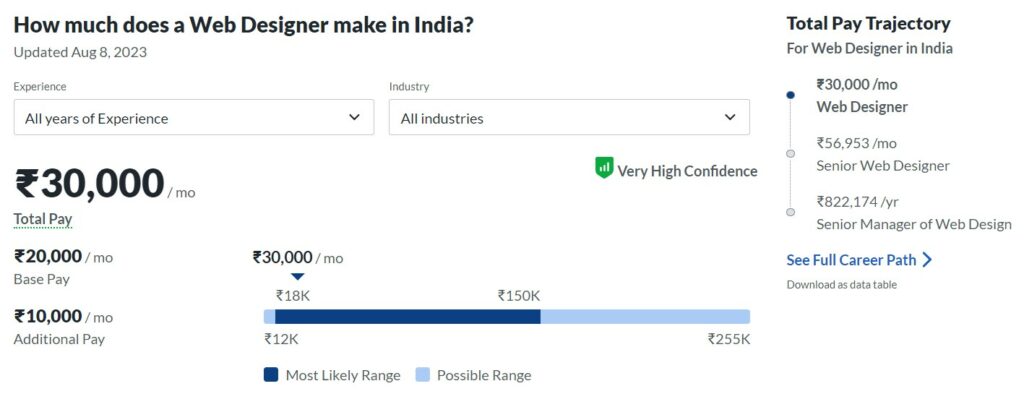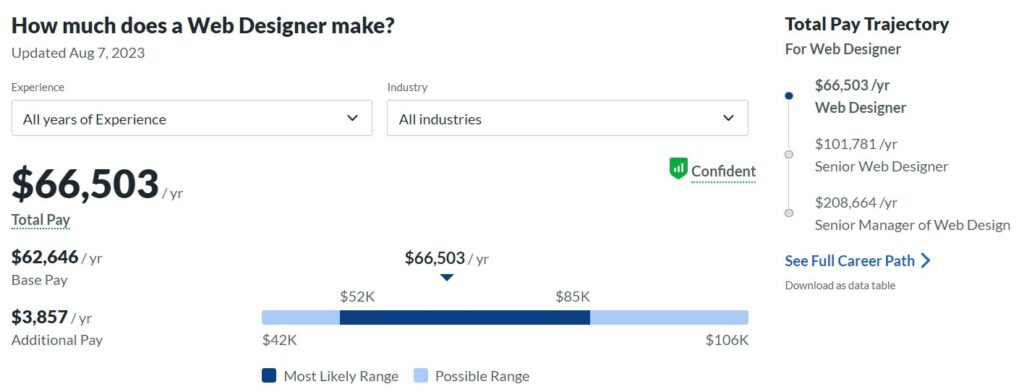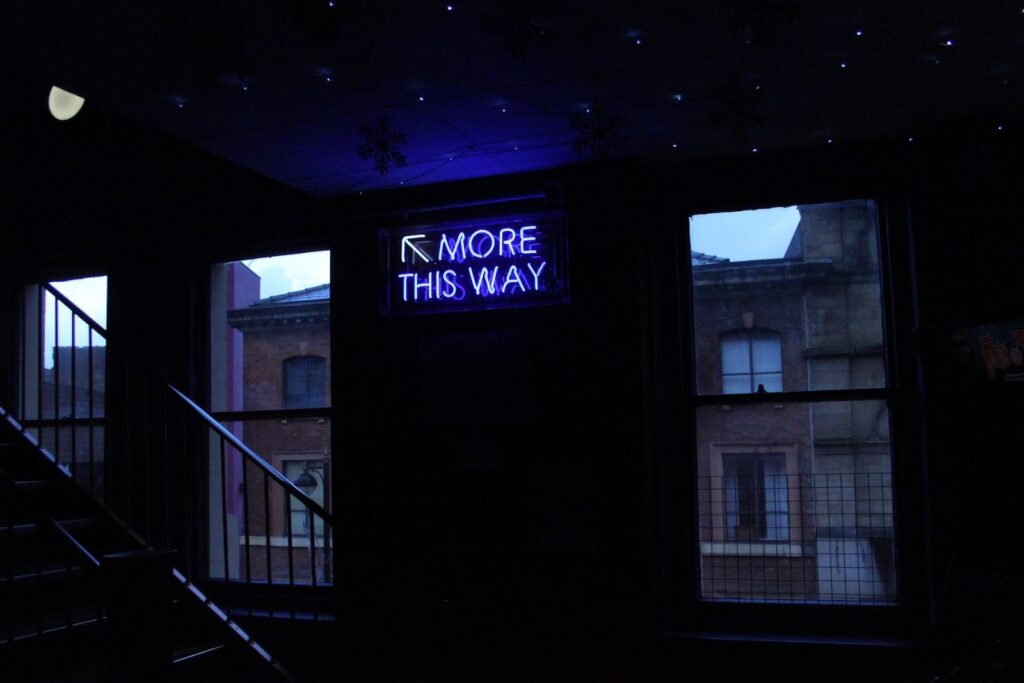Many digital agencies and web designers face the same challenge before they even seal the deal with their clients.
Yes, it’s the issue of pricing — one of the greatest riddles among professional designers.
Determining the ideal cost for your web design services can be as elusive as it is crucial, often leaving you wondering if you're underselling your skills or driving potential clients away with a hefty tag.
So, how much to charge for a website?
We know you’ll hate us for this, but the answer remains the same: It depends.
In this post, we’ll show you what makes web design pricing so complex, but we’ll also give you some tips on how to set your own prices.
Let’s dive in!
How much to charge for web design services: Factors to consider

There's no one-size-fits-all answer when it comes to determining the right pricing for your web design services. The price you charge should reflect the value you provide while remaining competitive in the market.
Here’s a brief web design pricing guide that focuses on critical factors for setting a fair and profitable rate:
1. Website type & software costs
The complexity of the project affects the time and resources you need to invest. For instance, a simple personal website featuring a few pages costs less than a complex e-Commerce platform or a custom web application.
We encourage you to think about the average costs of building different types of sites:
- Blogging site
- Personal website
- Nonprofit website
- Small business
- Event website
- Membership website
- News site
- All other types
You should also calculate the costs of any software or tools required for the project. That’s because premium plugins, website builders, themes, and/or specialized software add to your expenses, which should be factored into your pricing.
2. Website features
This factor goes hand in hand with the previous one. A website with basic features like a contact form and a few static pages has a different pricing model than a complex website with advanced features such as:
- E-commerce integration
- Membership systems
- Advanced animations
- Top-level security features
Each feature adds complexity, which translates to more work and time invested. Layer several features on top of each other, and the build and testing time increases dramatically. This is when many of the biggest pricing mistakes occur.
3. Time to completion

We all know that time is money, so the time you spend working on a project becomes crucial for determining website costs. This is particularly important if you’re a professional web designer who uses an hourly rate to bill clients.
Consider how long it will take to complete the project from start to finish. This includes not only the actual design and development but also communication with the client, revisions, and testing.
4. Your client's industry
The industry your client operates in also influences the price of building a new website. After all, some industries require more intricate designs or specific functionalities due to their nature.
For instance, a healthcare website probably needs to comply with stringent privacy regulations, while an entertainment site could focus on creative and engaging visuals. Government and enterprise websites can result in months of back-and-forth over the most minor details.
Understanding the industry will help you tailor your services and prices to meet the unique needs of your client.
5. Your location
The cost of living in your area can influence the rates you charge. Web designers in areas with a higher cost of living might charge more to cover their expenses, while those in more affordable regions could charge less.
Here’s an example from Glassdoor’s salary reports:

A typical web designer in India earns just $360 a month. On the other hand, their colleagues in the US make more than $66 thousand a year, which is over $5.5 thousand a month.
That’s how important location is for setting your price.

6. Current web design rates
Many design professionals neglect this factor, but it’s very important. You should research the current rates in the web design market, both locally and globally. Try figuring out the answers to these questions:
- How much do freelance web designers charge for a website?
- What’s the price of hiring a web design agency?
- What’s the average flat fee, hourly rate, and/or monthly fee for building a website?
Understanding the industry standards stops you from undervaluing or overpricing your services.
7. Your skills and experience
Last but not least, your expertise and skills are fundamental in determining your pricing.
If you’re a website builder expert with a proven track record of creating stunning websites, you can command higher rates.
But if you’re just starting out as a freelance web designer, stick to a more modest hourly rate or a flat fee. As your skills improve over time, you should increase your prices to reflect your increased value in the market.
“The easiest way to do that is when you’ve got a lot of work. Then you can be quite risky with that. If you’re booked out for the next month or whatever, and someone rings up, that’s a great time to double your price” — Corey Dodd, Elk Creative
Related: How to write a price increase letter to your clients
How much does a typical web designer charge?
This is yet another question without a clear answer. Pricing policies vary depending on a range of factors, especially with so many web design services and freelance web designers available in different regions of the world.
For instance, web designers on Fiverr will charge you anywhere from $10 to $150 per hour.

Another popular freelancing website, Upwork, says web designers on this platform make $15 to $30 per hour.
On the other hand, every web design agency has its own pricing policy for building a new website or redesigning the existing site. These plans often come with additional services like:
- Hosting plan
- Website maintenance
- SSL certificate
- Search engine optimization
- Performance tracking
Such a wide variety of elements — especially for a fully custom website — means that each agency has to come up with a unique pricing model.
Here at Content Snare, we recommend creating a web design questionnaire with a dropdown list.

The list suggests different pricing levels, but the smallest amount is “<$2000”.
That way, you can set the minimum level under which you aren’t willing to go. If your potential clients can’t afford that, you can refer them to someone else.
Related: Pricing websites with Corey Dodd
Mistakes to avoid in web design pricing

Setting the price for design services often involves some trial and error, particularly in the early stages of your career. Many web design professionals make mistakes in the process, so we’ll point out a few common challenges.
Underestimating your worth
One of the most common mistakes is undervaluing your skills and experience. Setting your prices too low might attract clients, but it can also undermine your credibility and make it difficult to cover your costs.
Research the market rates for web design services in your region and factor in your expertise and unique selling points when determining your pricing.
Not considering scope creep

Failing to define the scope of the project clearly can lead to scope creep, where the client keeps adding new requirements without adjusting the budget accordingly. Clearly outline what is included in your pricing and what falls outside the scope.
Establish a process for handling additional requests and changes, which might be billed separately.
Failing to research client budgets
Not knowing your potential client's budget or industry standards can lead to quoting prices that are too high or too low. Before discussing pricing, engage in a conversation with the client about their budget and expectations. This will help you align your pricing with their financial capacity and project needs.
Not accounting for additional costs
Web design projects often come with various additional costs, such as stock photos, premium plugins, domain registration, and hosting fees. Failing to account for these costs in your initial pricing can eat into your profits.
Be transparent with clients about any additional costs they might incur, and consider whether to bundle these expenses into your overall quote or bill them separately.
Using a one-size-fits-all approach
Every web design project is unique, and pricing should reflect that. Using a fixed template or one-size-fits-all pricing structure might not accurately capture the specific requirements and complexities of each project.
Instead, offer tiered pricing options based on different levels of features, customization, and functionality. This allows clients to choose a package that best suits their needs.
Related: Web design intake form: 25 questions to include
Common pricing structures for web designers

You can charge clients differently for each website design project. Here are the most common options.
1. Hourly rate
Charging an hourly rate is a straightforward approach where you bill clients based on the number of hours you spend working on their project. This pricing structure is beneficial when projects have uncertain timelines or when the scope of work might change during the development process.
Hourly rate pros
- Transparent billing for both parties
- Accommodates changes in project scope and unexpected revisions
- Fair compensation for extra time spent on revisions or unforeseen challenges
Hourly rate cons
- Clients may focus on the number of hours worked rather than the value delivered
- It doesn’t incentivize efficiency
2. Flat fee
Charging a flat fee involves quoting a fixed price for the entire project, regardless of the time it takes to complete. This approach is often used for well-defined projects with clear requirements.
Flat fee pros
- Clarity for clients on the total cost from the beginning
- Predictable income for designers, making financial planning easier
Flat fee cons
- Scope changes or unexpected challenges might require negotiation for additional fees
- Clients may expect unlimited revisions or extra work without additional charges
3. Project-based price
This pricing structure involves breaking down the project into distinct phases or milestones, each with its own cost. It provides a balance between the flexibility of hourly rates and the predictability of flat fees.
This pricing model allows you to charge based on the value delivered at each stage of the project.
Project-based price pros
- Transparency in pricing for different project components
- Clients can see the progress and value they're getting for each phase
- Provides an opportunity to adjust pricing if the project's scope changes between phases
Project-based price cons
- Complexity in managing multiple pricing components and milestones
Related: The web design process: 10 steps to turn your client’s vision into a reality
Bonus tips to earn more from your web design project
Setting the right price is crucial for every web designer, but there are additional strategies you can use to grow your income. We'll explore some of them in this section.
Add extra services

One of the most effective ways to increase your earnings from a web design project is by offering extra services that complement the design itself. These can range from content creation and SEO to ongoing website maintenance and security updates.
By bundling these extra services with your web design package, you not only increase the value proposition for your clients but also create opportunities for upselling.
Beware of scope creep
Scope creep refers to the gradual expansion of a project's requirements beyond its original scope. This usually leads to increased work hours and decreased profitability.
Sometimes you just can’t avoid it, but it’s possible to mitigate risks using these tactics:
- Clearly define the scope of work in the initial contract by outlining what's included in the project and what falls outside its boundaries.
- Whenever a client requests changes or additions to the project, document these requests and their potential impact on the timeline and cost.
- If the client's requests go beyond the agreed-upon scope, present them with a change order detailing the additional work and associated costs.
Prepare for tough clients
Not all client interactions will be smooth sailing. Dealing with tough clients is a reality in the world of web design — and all other businesses, for that matter.
We made an entire post on how to deal with difficult clients, but here’s a quick overview:
- Set clear expectations
- Build rapport to soften possible conflicts
- Be open to negative feedback
- Professionally manage your emotions
Streamline your web design process with Content Snare

Many web designers waste too much time collecting website content from their clients. This creates tension and prolongs entire projects.
And that’s exactly where Content Snare steps in to give you a hand.
Our platform simplifies the way you collect information and documents from clients. You can use our automated reminders and content approvals/rejections to obtain website content much faster than ever before.
On average, Content Snare reduces the time needed for information gathering by a whopping 71%. This means you can save dozens or even hundreds of hours each month simply by speeding up your document collection process.



